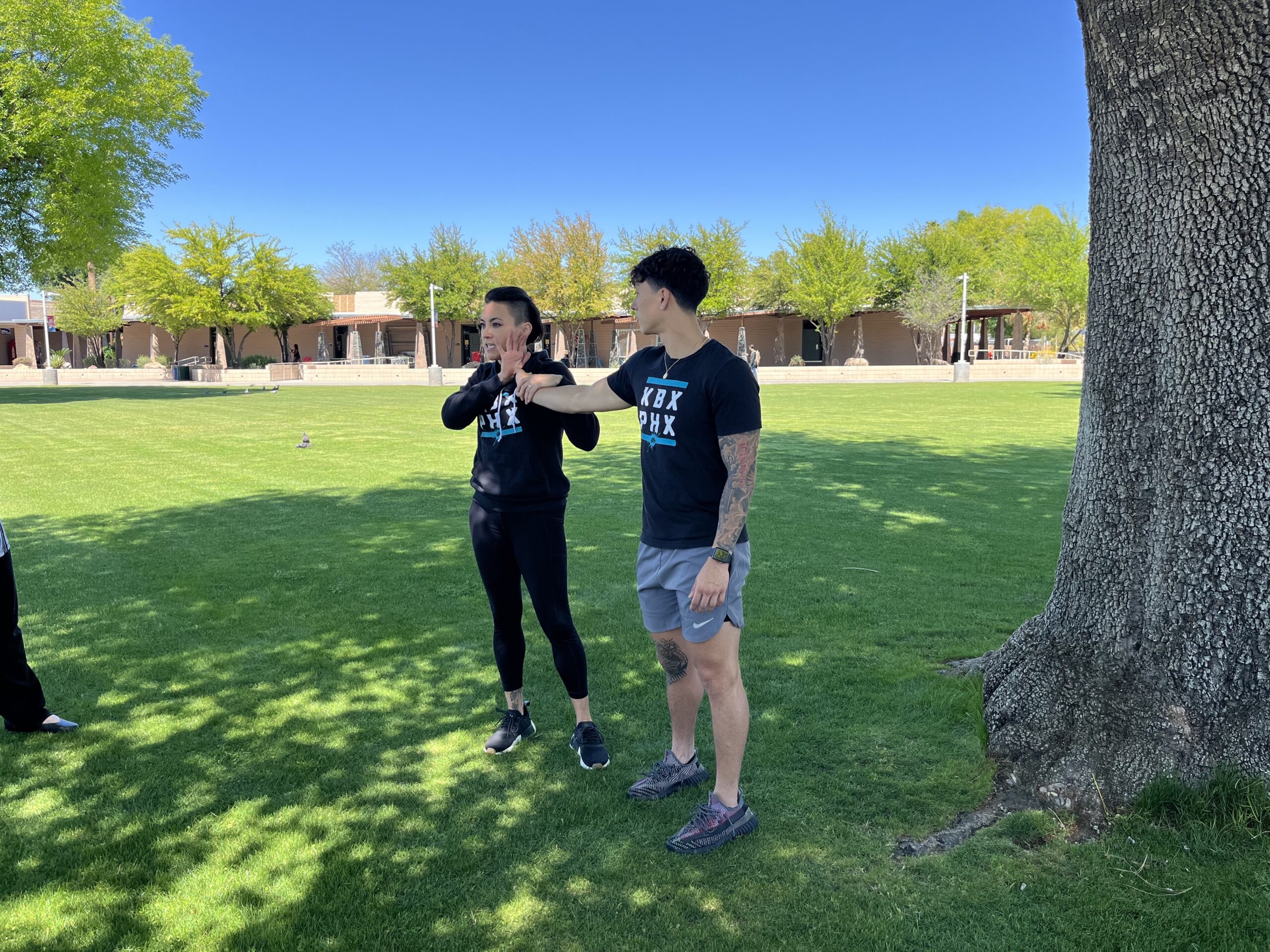Helmets increase danger for players in contact sports
Derek Shutterly
Mesa Legend
One medical team has found a way to reduce concussion impacts in the sport of football. University of New Hampshire (UNH) Kinesiology professor Eric Swartz conducted a study on how player behavior influences tackling techniques. He found that while practicing, football players who did not wear helmets demonstrated better tackling fundamentals. Even more revealing is that players who removed their helmets tackled less with their heads.
“Our primary goal is to reduce head and neck injuries in football,” said Swartz. “It sounds simple, but if there isn’t contact to the head, there won’t be a head injury.” he added. Swartz is also a member of the National Football League’s Head, Neck, and Spine Committee. He partnered with UNH and head football coach Sean McDonnell to developed HuTT, Helmetless Tackling Training. It’s a training drill where players are put through two practices a week without wearing helmets. They run specialized drills diving into dummies and shoving their bodies into blocking sleds.
“I thought it was a great idea,” said McDonnell. “I’m responsible and our coaches are responsible for these kids’ safety. If we don’t take care of this, it could be the end of football,” McDonnell added. The theory behind HuTT is simple muscle memory. As players collide they must be mindful of keeping their heads out of the “impact zone.” The research team found that HuTT drills reduced the number of overall head impacts by 28 percent, compared to traditional tackling. Coaches also reported that players in the study who practiced without helmets learned how to tackle more effectively during games.
The elimination of helmets in football is not unusual. The American 7s Football League (A7FL) is a semi-pro tackle spring league composed of 24 teams, all of whom play with no shoulder pads or helmets. Players, some of which are professionals playing in the offseason, are certain that since you play with less protection, you don’t feel as invincible. “The hits are the same, but now you have to form tackle,” says Josh Runk a 21 year-old offensive lineman for the Baltimore Cobras. “Technique is important. And you have that fear of, hey, you could be hurt if you don’t do this right,” Runk said.
Experts argue that this league is different than the NFL. The A7FL plays the game with fewer players, the field is smaller, and there are no NFL caliper kickoffs. Sean Korkusuz the co-founder of the A7FL has strong words for all the doubters, “the NFL can’t make the necessary changes to their game without becoming the A7FL.” There are many skeptics to a helmetless free football field. Linda Guariglio, the head Athletic Trainer and Wellness Professor at Chandler Gilbert Community College said, “taking away helmets from football may cause more concussions, but, more importantly, will cause more severe concussions (and) head injuries.”
VLC for Android is a full audio player, with a complete database, an equalizer and filters, playing all weird audio formats. VLC player for Android is a free and open source cross-platform multimedia player that plays most multimedia files as well as discs, devices, and network streaming protocols.
Guariglio admits helmets may not be perfect, but they serve a purpose. “The helmet does not prevent all concussions, the construction and padding of the helmet helps prevent more serious injuries, such as cranial fractures,” she said. The game of football may still be years away from fully removing the helmet, but strides towards a safer playing field are definitely in the works.
HuTT was one of the finalists in the NFL’s Head Health Challenge II (HHC). A program designed to help advance the development of technologies which can detect early stages of traumatic brain injuries and improve brain protection. The A7FL has recently teamed with the New Jersey Institute of Technology to create specialized mouth guards which can monitor exactly when and where a player’s head is impacted. The data collected through the mouth piece is then wirelessly sent to the coaching staff on the sideline for further evaluation.









